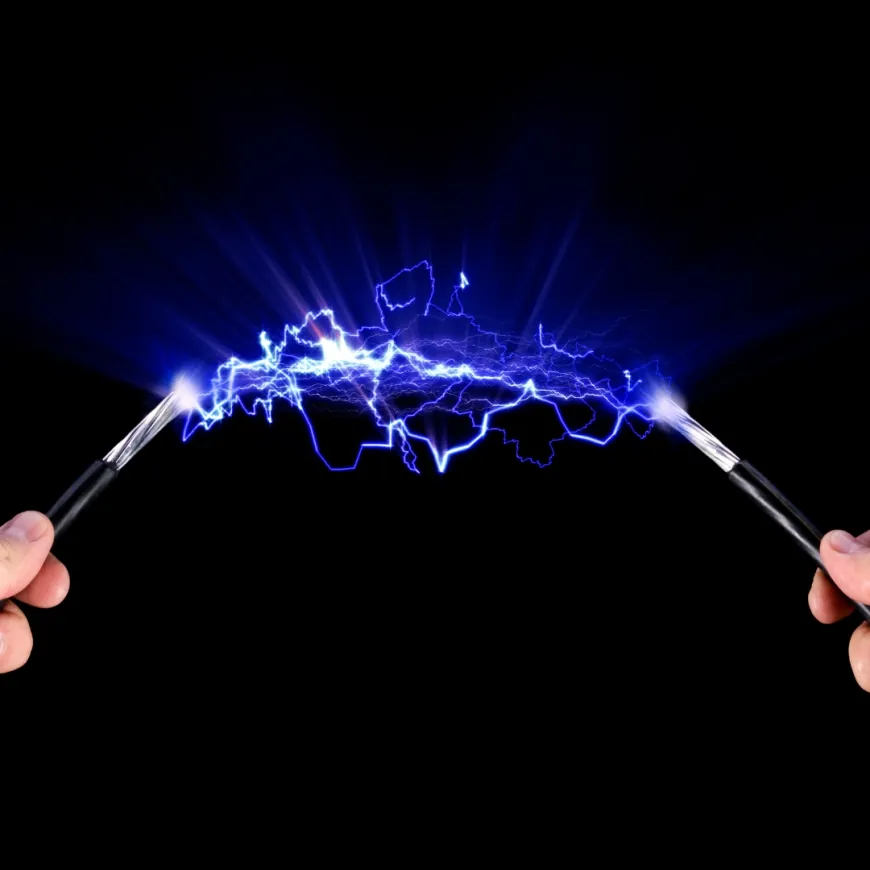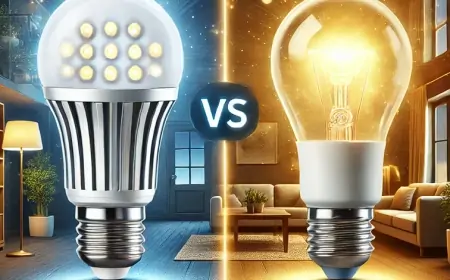What is Static Electricity and How to Prevent It?
Static electricity is a phenomenon we frequently encounter in daily life, often without even realizing it. Especially during winter, when putting on a sweater, walking on a carpet, or touching someone, you may feel a mild electric shock. But what exactly is static electricity, and how can it be prevented?

What is Static Electricity?
Static electricity is the accumulation of unbalanced electrical charges on the surface of an object and their sudden discharge. Normally, the positive (+) and negative (−) charges in an object are balanced. However, due to factors such as friction, contact, or separation, this balance can be disrupted. In this case, the object becomes either negatively or positively charged, and when the conditions are suitable, this charge is suddenly discharged. This is known as static discharge.
For example, when you take off a wool sweater, walk on a carpet with shoes, or touch a plastic surface, static charges build up, and when you touch a metal object, you may experience a slight electric shock.
Causes of Static Electricity
Friction: Friction between different materials causes charge transfer.
Dry Air: Static electricity accumulates more easily when humidity levels are low, especially during winter.
Synthetic Materials: Plastic, wool, and nylon surfaces tend to accumulate static charges.
Poor Grounding: When electric charges cannot easily flow to the ground, accumulation increases.
Harms of Static Electricity
Although usually harmless and temporary, static electricity can pose a risk in certain industries and sensitive environments:
- It can damage electronic circuits.
- It creates a spark risk in flammable and explosive environments.
- It can cause quality issues in industrial production lines.
- It may cause momentary discomfort, fear, or involuntary movements in people.

How to Prevent Static Electricity?
Fortunately, static electricity can be reduced or prevented. Here are the most effective methods:
1. Increase Humidity: Low humidity makes it easier for static charges to build up. Keeping indoor humidity between 40% and 60% helps reduce static electricity. Humidifiers can be useful.
2. Choose Natural Materials: Cotton clothing collects less static charge compared to wool and synthetic fabrics. Choosing natural materials for clothes and home textiles is recommended.
3. Use Anti-Static Products: Anti-static sprays, wristbands, and specially designed carpets help prevent static build-up.
4. Grounding: The most effective way to discharge static electricity is grounding. Touching a metal surface or directly connecting to the ground will safely discharge accumulated charges.
5. Use Fabric Softener: Adding fabric softener while doing laundry reduces static build-up on clothes.
6. Pay Attention to Footwear: Choosing leather-soled shoes instead of rubber-soled ones reduces static accumulation.
Why is Protection from Static Electricity Important?
While it may seem like a minor issue causing only a small shock, static electricity can be dangerous in some environments. In electronics factories, hospitals, laboratories, or areas where flammable materials are used, static electricity control is vital. Grounding systems, anti-static materials, and proper humidity control are essential precautions in such places.
Static electricity is a natural phenomenon but can affect daily life negatively. Fortunately, you can easily prevent it with simple precautions. Especially in winter or dry climates, being more aware of static electricity and taking preventative measures will make your life more comfortable.
What's Your Reaction?















































